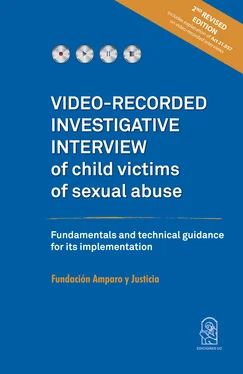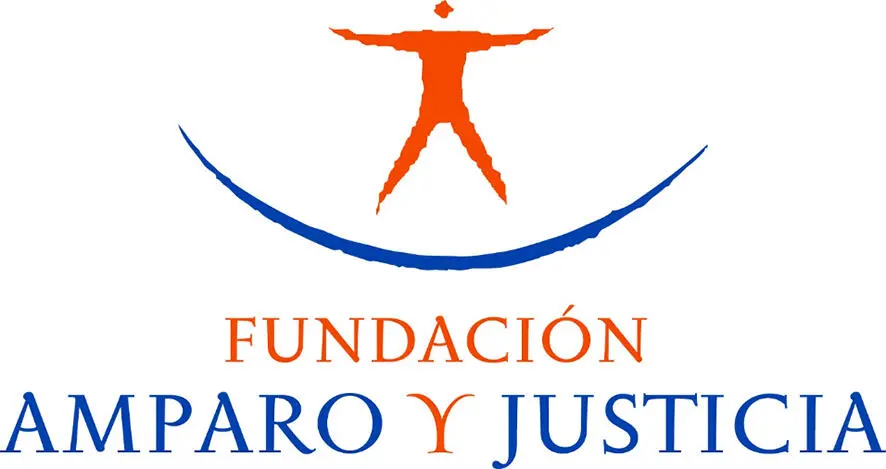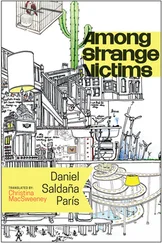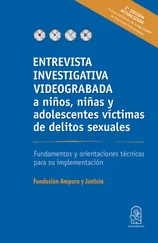VIDEO-RECORDED INVESTIGATIVE INTERVIEW OF CHILD VICTIMS OF SEXUAL ABUSE
Fundamentals and technical guidance for its implementation
EDICIONES UNIVERSIDAD CATÓLICA DE CHILE
Vicerrectoría de Comunicaciones
Av. Libertador Bernardo O’Higgins 390, Santiago, Chile
editorialedicionesuc@uc.cl www.ediciones.uc.cl
VIDEO-RECORDED INVESTIGATIVE INTERVIEW OF CHILD VICTIMS OF SEXUAL ABUSEFundación Amparo y Justicia
ISBN978-956-14-2778-5
AuthorshipFundación Amparo y Justicia
Technical CoordinationCatalina Fernández Cruzat
ResearchersMaurizio Sovino Meléndez Valentina Ulloa Jiménez
EditingKarin Hein Molina
TranslationEnglish UC Language Center
Proof readingValentina Rivera
AcknowledgementsWe would like to thank all the people who collaborated on the first version of this book, which made this second edition possible. We want to especially recognize the work of the professional team of Fundación Amparo y Justicia, as well as the technical assistance provided in 2015 by Carolina Navarro Medel, Miguel Cillero Bruñol, Joanna Heskia Tornquist and retired British Sergeant Nick Quine.
Digital designebooks Patagonia www.ebookspatagonia.com| info@ebookspatagonia.com
INDEX
COVER
INDEX
FOREWORD
INTRODUCTION
BACKGROUNDI. The participation of child victims in criminal proceedings
1. Vulnerable victims and secondary victimization
2. The rights of child victims of crime
3. The experience of child victims of sexual abuse in the justice system
References
II. Testimony of child victims of sexual abuse
1. Specific issues related to sexual abuse
2. Findings in the study of child victims’ testimony
References
THE INVESTIGATIVE INTERVIEW
I. General aspects of the investigative interview
II. Differences between the investigative interview and other types of interviews
1. Expert evaluations
2. Taking of testimony
3. Clinical interviews
III. Benefits of the investigative interview
1. Benefits for criminal prosecution
2. Benefits for children / Regarding children and adolescents
3. Benefits for other participants in the criminal justice process
IV. Ideal time to conduct an investigative interview
V. Number of interviews
VI. Participants
1. People present in the interview room
2. Additional people who may be present in the interview room
3. People present in the observation room
VII. Stages of the interview process
1. Planning
2. Conducting the interview
3. Analysis
TECHNOLOGICAL AND INFRASTRUCTURAL ASPECTSI. Infrastructure and technological equipment
1. General facilities
2. Waiting room
3. Interview planning room
4. Interview room
5. Infrastructure and technology models
II. Storage and custody of the video-recorded investigative interview
1. Storage of the recordings
2. Secure access to the recordings
References
THE INTERVIEWER AND BEST PRACTICES OF INVESTIGATIVE INTERVIEWING I. Interviewer profile
1. Professional training
2. Gender
3. Personal skills
II. Interviewer training process
1. General characteristics of the training programs
2. Contents of the training courses
3. Key elements of effective training programs
II. Interview protocols
1. Investigative interview protocols
2. NICHD protocol
References
USE OF THE INVESTIGATIVE INTERVIEW IN TRIALS I. Comparative models on the use of video-recorded investigative interviews in trials
1. Using an investigative interview video recording to replace a child’s testimony
2. Using an investigative interview video recording to replace the direct examination of a child
3. Using an investigative interview video recording as additional evidence, different from testimonial statements of the child
References
CHILDREN’S TESTIMONY
I. Difficulties in the participation of children in court hearings
II. Protective measures for children’s testimonies
III. Intermediation
1. The intermediary and its functions
2. The process of intermediation
3. Advantages of intermediation
IV. Pre-trial hearings
1. Pre-trial hearings
2. Advantages of pre-trial hearings
References
THE VIDEO-RECORDED INTERVIEWS ACT IN CHILE
I. Description of Act No. 21,057
II. Changes introduced by Act No. 21,05790
1. Complaint
2. Investigation
3. Court hearings
III. Other relevant aspects stipulated by the Act
1. Protective measures for children
2. Interviewer training and certification process
FINAL CONSIDERATIONS
ENDNOTES
In order to facilitate the reading of this text, we have used some terms and abbreviations, which are detailed below:
The term “children” will be used to refer to persons under 18 years of age. Similarly, the term ‘‘child victims’’ is used to refer to either children and/or adolescents.
Law No. 21,057, which “regulates video-recorded interviews and other protective measures for minors who are victims of sexual abuse2 ”, will also be referred to as the “Video-Recorded Interviews Law”.
Fundación Amparo y Justicia (Foundation Protection and Justice) is a Chilean non-profit organization that seeks to prevent child abuse and offer legal advice to those who have already suffered victimization.
Carabineros de Chile (Carabiniers of Chile) represent the national police force, while Policía de Investigaciones – or PDI - constitute the Investigations Police of Chile. These two bodies of police belong to the armed forces of Chile and are under the command the Ministry of the Interior and Public Security.
The acronyms CIFE, PFC (coined from Spanish) and VII will be used to refer to Initial Specialized Training Course, Continuing Education Program and Video-recorded Investigative Interview respectively.
It was an honor for me to be invited to write the foreword of the second edition of this book. Seeing the implementation of the Video-Recorded Interviews Act in Chile, and its potential to diminish the secondary victimization of children who have been exposed to serious crimes, has given me great satisfaction. I never thought I would have the opportunity to participate in such an important project and am grateful for having been able to contribute to this enormous effort made by so many people.
The main objective of this Act is to ensure that child victims of sexual abuse and other serious crimes are treated in accordance with their particular needs and characteristics when they come into contact with the criminal justice system. Considering these factors helps to prevent additional harm beyond that initially caused by the offense.
Until now, victims were forced to repeat their statements many times, which caused them to suffer. It made them question whether they were believed or not, and often led them to recant their statements. Imagine if we had to recount the precise details of our last sexual experience over and over again to several strangers! Something similar is what we demanded from children, who hardly had the maturity and vocabulary to be able to understand and describe what had happened to them against their will.
Читать дальше













